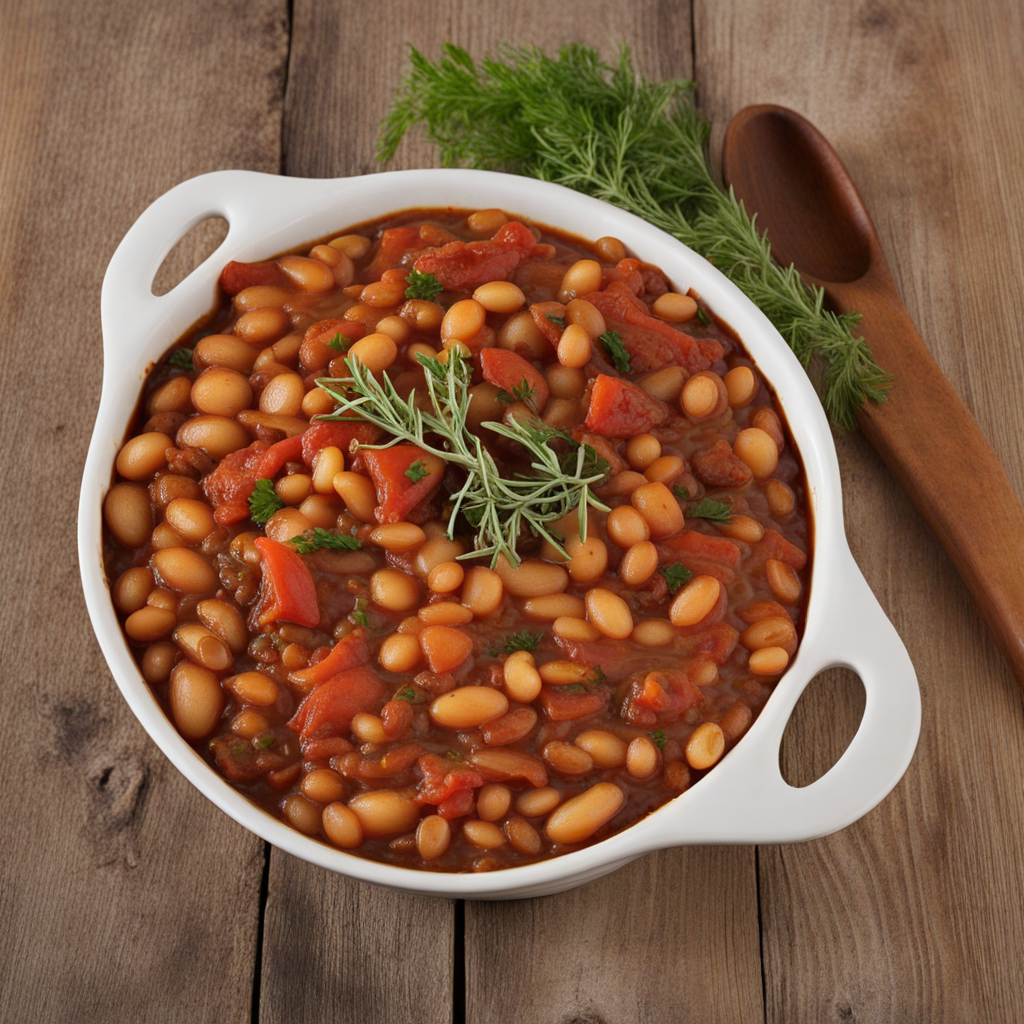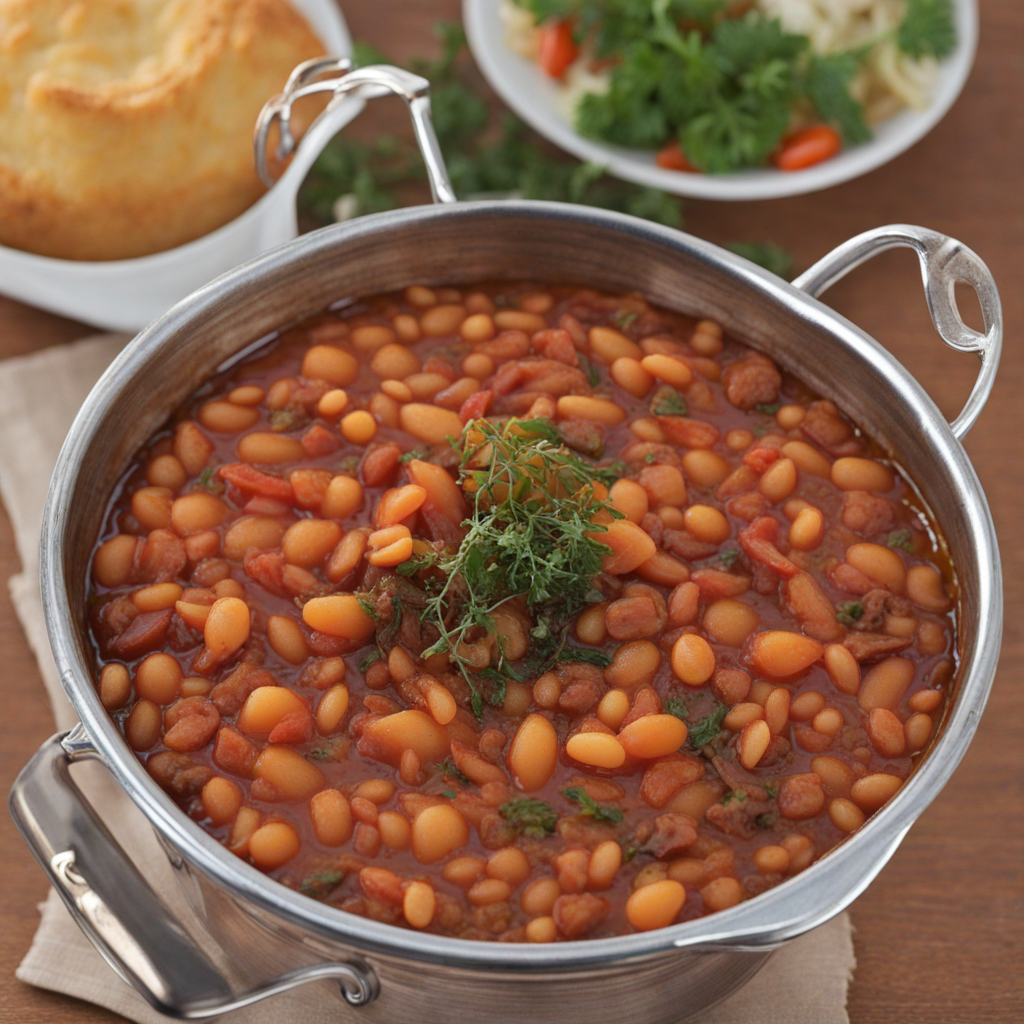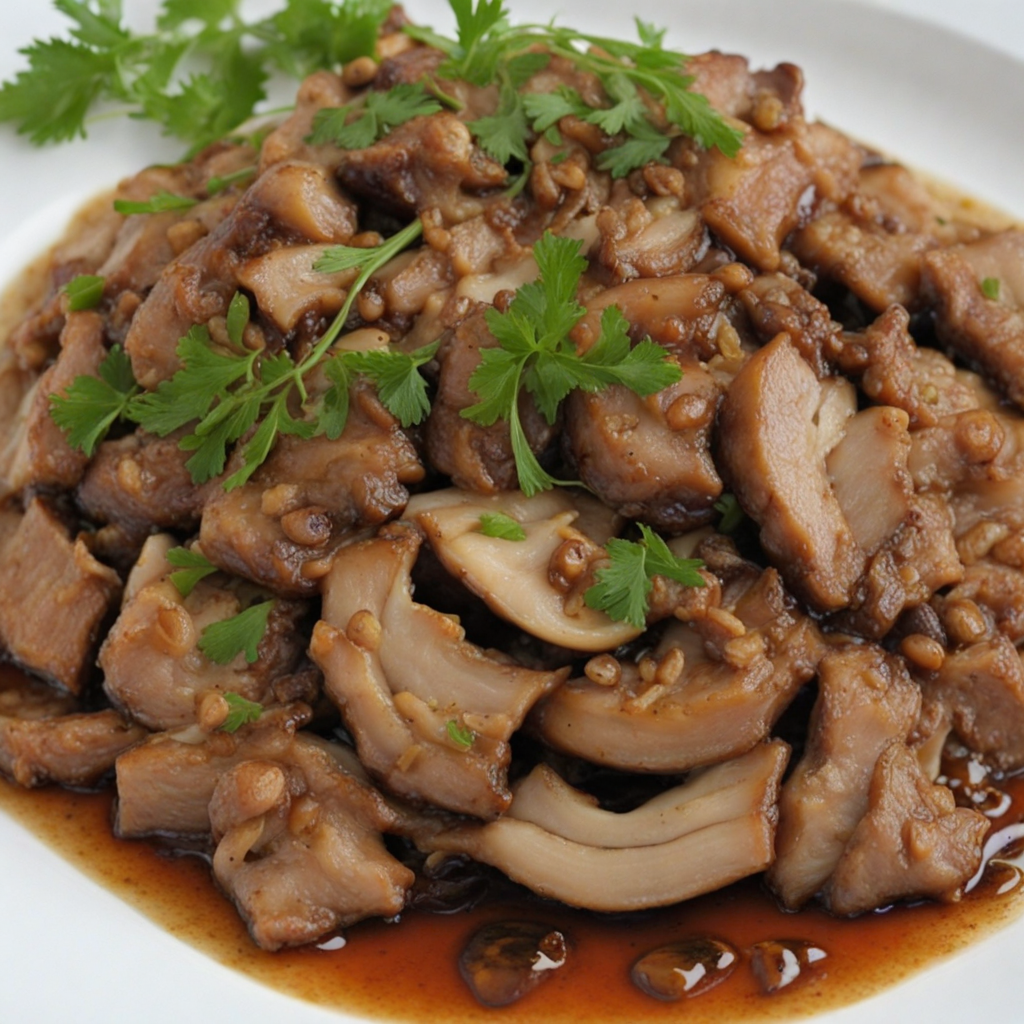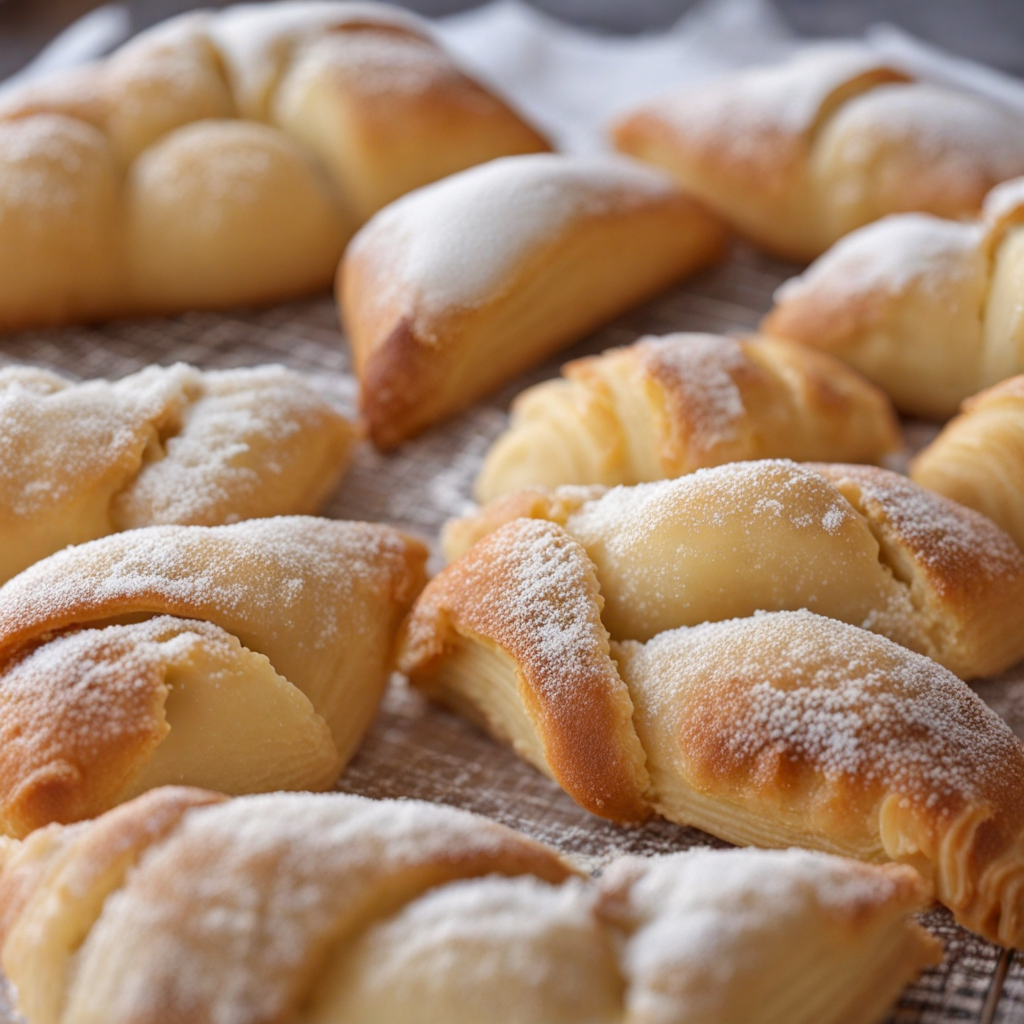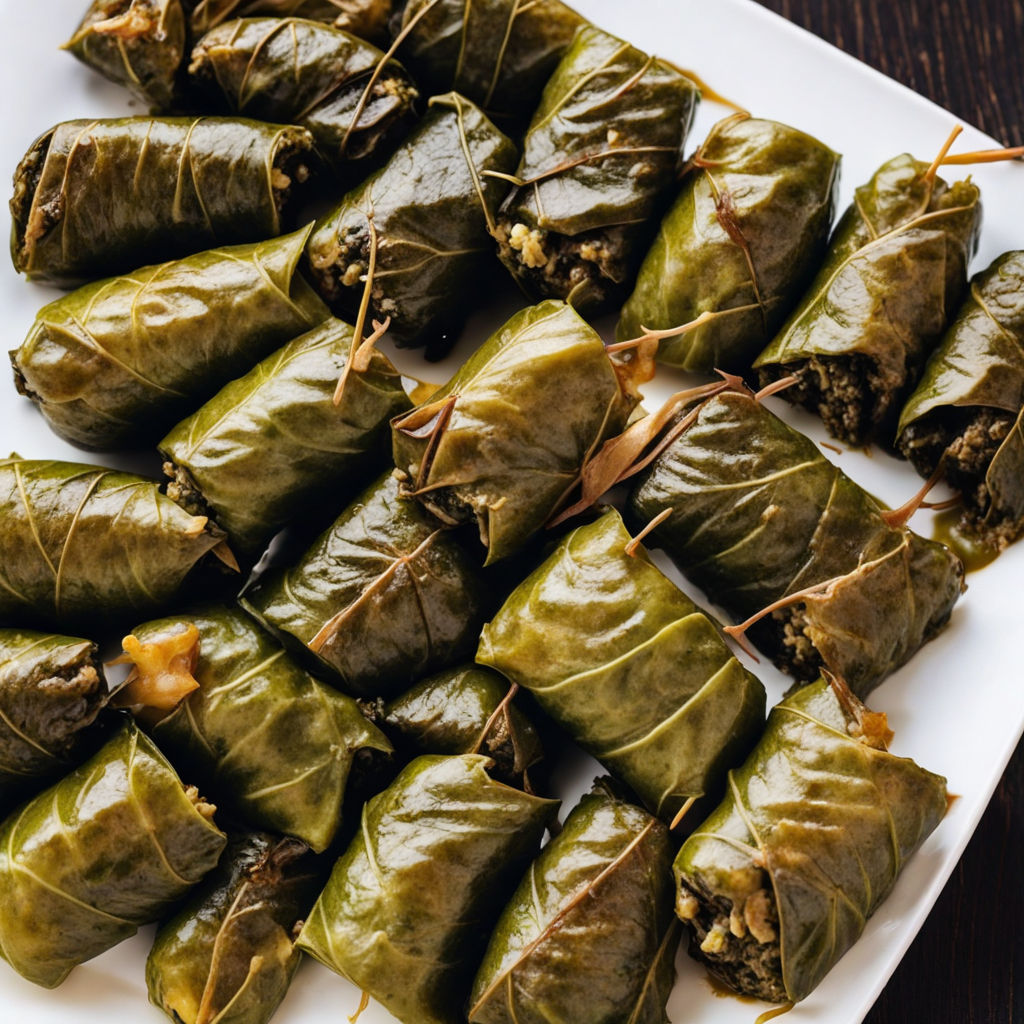Poshia
Poshia is a delightful traditional dish from Cyprus that beautifully captures the essence of Mediterranean flavors. At its core, Poshia is a savory pastry filled with a harmonious blend of locally sourced ingredients, including fresh greens, herbs, and sometimes a touch of cheese. The dough is typically made from simple yet high-quality ingredients, resulting in a flaky and golden crust that perfectly complements the vibrant filling. Each bite reveals layers of flavor, with the earthy notes of the greens enhanced by the aromatic spices and herbs that are characteristic of Cypriot cuisine. One of the most appealing aspects of Poshia is its versatility. While the classic version features a mixture of spinach and other seasonal greens, variations abound, with some recipes incorporating ingredients like nettles, wild chard, or even minced meat for a heartier option. This adaptability not only makes Poshia a staple in Cypriot households but also an exciting dish for food lovers seeking to explore new flavor profiles. The use of fresh herbs such as dill, mint, and parsley elevates the taste, providing a refreshing contrast to the richness of the pastry. Poshia is typically enjoyed as a snack or light meal, often served warm, and can be accompanied by a dollop of yogurt or a drizzle of olive oil for added richness. It's a dish that embodies the spirit of communal dining in Cyprus, where family and friends gather to share delicious food and stories. The experience of savoring Poshia goes beyond just taste; it's a celebration of the land's agricultural bounty and culinary heritage, making it a must-try for anyone looking to expand their palate and discover the authentic flavors of Cyprus.
How It Became This Dish
The History of Πόσια: A Culinary Treasure from Cyprus #### Origins The story of Πόσια (pronounced 'Posia') is as rich and layered as the flavors it encompasses. This traditional Cypriot dish is a type of fermented wheat porridge, primarily made from barley or wheat, and is often enjoyed as a staple food. Its origins can be traced back to the ancient agricultural practices of the Cypriots, where the cultivation of grains played a crucial role in the diet and economy of the island. Archaeological evidence suggests that the people of Cyprus have been cultivating various grains for thousands of years. The island's fertile soil and Mediterranean climate made it an ideal location for agriculture. As early as the Neolithic period, Cypriots began experimenting with grain fermentation, leading to the development of various fermented foods, including Πόσια. The fermentation process not only preserved the grains but also enhanced their nutritional value, creating a nourishing food source that could sustain communities. #### Cultural Significance Πόσια is not just a dish; it embodies the spirit and traditions of Cypriot culture. Traditionally, it is associated with communal gatherings and celebrations, such as weddings and religious festivities. The preparation of Πόσια often involves the participation of family and friends, further solidifying its role as a symbol of togetherness and community bonding. In Cypriot folklore, food often carries a deeper meaning, and Πόσια is no exception. It is frequently mentioned in folk songs and stories, where it represents hospitality and generosity. The act of sharing this dish with guests is seen as a gesture of goodwill and friendship, reflecting the island’s deep-rooted cultural values. Moreover, Πόσια is often associated with the agricultural calendar, particularly during harvest time. The preparation of this dish marks the celebration of the season's bountiful yield and serves as a reminder of the cyclical nature of life and sustenance. The connection between food and the land is palpable in Cyprus, and Πόσια stands as a testament to this relationship. #### Development Over Time As centuries passed, the recipe and preparation of Πόσια evolved, influenced by various cultures and historical events. Cyprus has been a crossroads of civilizations due to its strategic location in the Eastern Mediterranean, leading to interactions with Greek, Roman, Byzantine, Arab, and Ottoman cultures. Each of these influences left its mark on Cypriot cuisine, including Πόσια. During the Byzantine period, the dish became more refined, with the introduction of new spices and cooking techniques. The addition of ingredients such as honey, nuts, and dried fruits not only enhanced the flavor of Πόσια but also made it a more festive dish suitable for special occasions. The Byzantine emphasis on lavish feasts and communal dining contributed to the popularity of Πόσια as a celebratory food. The Ottoman occupation of Cyprus from the 16th to the 19th centuries further transformed the dish. Turkish culinary practices introduced new elements, such as the use of yogurt and various herbs, which found their way into the traditional preparation of Πόσια. The blending of flavors and techniques resulted in a dish that was both familiar and novel, embodying the dynamic nature of Cypriot gastronomy. In the 20th century, as Cyprus underwent significant political and social changes, so too did its culinary landscape. The rise of globalization and the influence of modern cooking styles introduced new ingredients and techniques, leading to variations of Πόσια. While traditional methods remain cherished, contemporary chefs have begun to experiment with the dish, incorporating elements like quinoa and alternative grains to cater to changing dietary preferences. #### Modern Interpretations and Global Recognition Today, Πόσια is enjoying a renaissance as a vital part of Cypriot heritage and cuisine. The dish is often served in traditional tavernas and restaurants across Cyprus, celebrated for its wholesome ingredients and comforting flavors. Chefs are increasingly looking back to their roots, reviving and modernizing traditional recipes to appeal to a broader audience, both locally and internationally. Moreover, as global interest in Mediterranean diets and cuisines grows, Πόσια has begun to gain recognition beyond Cyprus. Food enthusiasts and culinary explorers are discovering this unique dish, which embodies the simplicity and richness of Cypriot ingredients. The promotion of sustainable and local food practices has also elevated Πόσια, as it is made from locally sourced grains and reflects the island's agricultural heritage. Culinary festivals and events in Cyprus now feature Πόσια prominently, showcasing its significance within the island's culinary tradition. Chefs and home cooks alike are sharing their family recipes, ensuring that the story of Πόσια continues to be passed down through generations. Workshops and cooking classes are becoming popular, where participants can learn the art of preparing this ancient dish, thus fostering a deeper appreciation for Cypriot culture and gastronomy. #### Conclusion The history of Πόσια is a reflection of Cyprus itself – a tapestry woven from the threads of tradition, culture, and community. From its ancient origins as a staple food to its modern interpretations, Πόσια remains a significant part of the Cypriot identity. As the world continues to embrace the richness of Mediterranean cuisine, Πόσια stands as a delicious reminder of the island’s heritage and the timeless connection between food, culture, and community. In a world that often seems fast-paced and disconnected, the preparation and sharing of Πόσια invite us to slow down, gather together, and celebrate the simple joys of life – a legacy worth preserving for generations to come.
You may like
Discover local flavors from Cyprus


